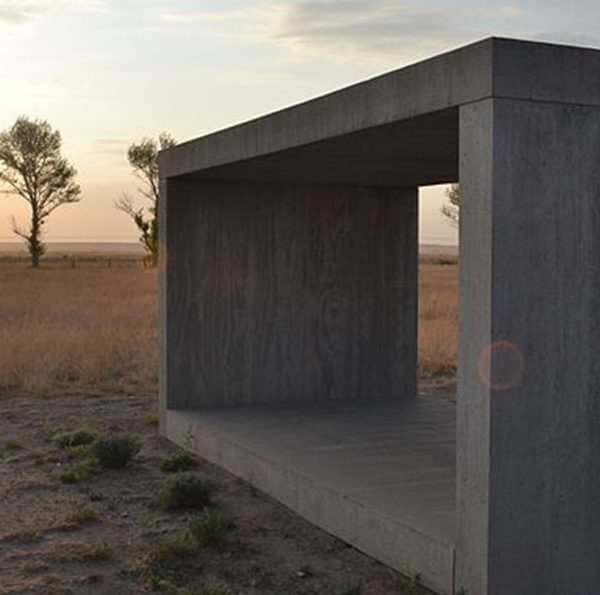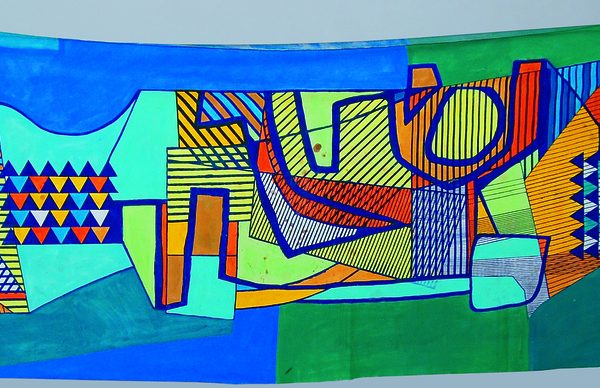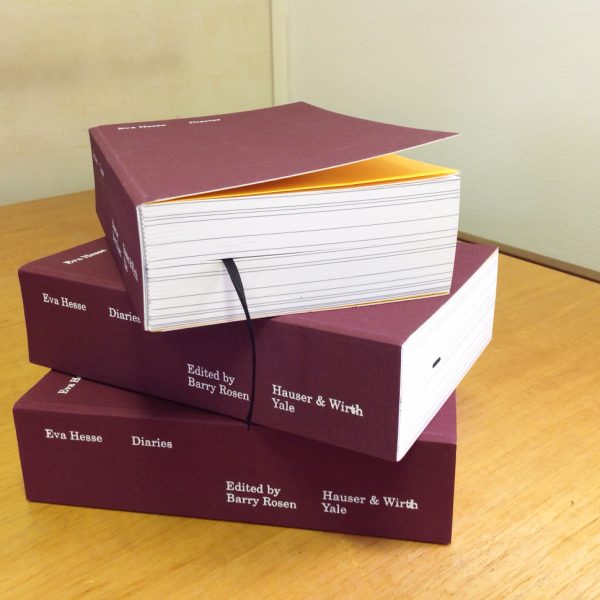Eva Hesse: Sculpture
“I would like the work to be non-work….It is my main concern to go beyond what I know and what I can know.” – Eva Hesse
 The work of Eva Hesse (1936-1970), one of the greatest American artists of the 1960s, continues to inspire and to endure in large part because of its deeply emotional and evocative qualities. Her latex and fiberglass sculptures in particular have a resonance that transcends the boundaries of minimalist art in which she had her roots. Hesse’s breakthrough solo exhibition–Chain Polymers at the Fischbach Gallery in New York in 1968–was a turning point in postwar American art.
The work of Eva Hesse (1936-1970), one of the greatest American artists of the 1960s, continues to inspire and to endure in large part because of its deeply emotional and evocative qualities. Her latex and fiberglass sculptures in particular have a resonance that transcends the boundaries of minimalist art in which she had her roots. Hesse’s breakthrough solo exhibition–Chain Polymers at the Fischbach Gallery in New York in 1968–was a turning point in postwar American art.
Eva Hesse: Sculpture, which opened last week at the Jewish Museum in New York, brings together most of the key pieces from that show–the first and only solo exhibition of Hesse’s sculpture during her lifetime, and “[a]rguably a compilation of her best work,” according to the review in the New York Times. The exhibition also presents a number of biographical materials, including some never-before-seen family diaries and photographs, which set Hesse’s artistic achievement in the context of her turbulent life and times.
“Visitors to Eva Hesse: Sculpture will discover profoundly moving works that have not been seen together in New York in decades,” says Fred Wasserman, co-curator of the exhibition, in Art Daily. “It’s the chance for a new generation to see and appreciate Eva Hesse’s extraordinary artistic achievement.”
Eva Hesse: Sculpture will continue at the Jewish Museum through September 17. The catalog to the exhibition, published by Yale University Press, includes full-color reproductions of Hesse’s sculpture as well as several essays and a copiously illustrated chronology of her life.

























